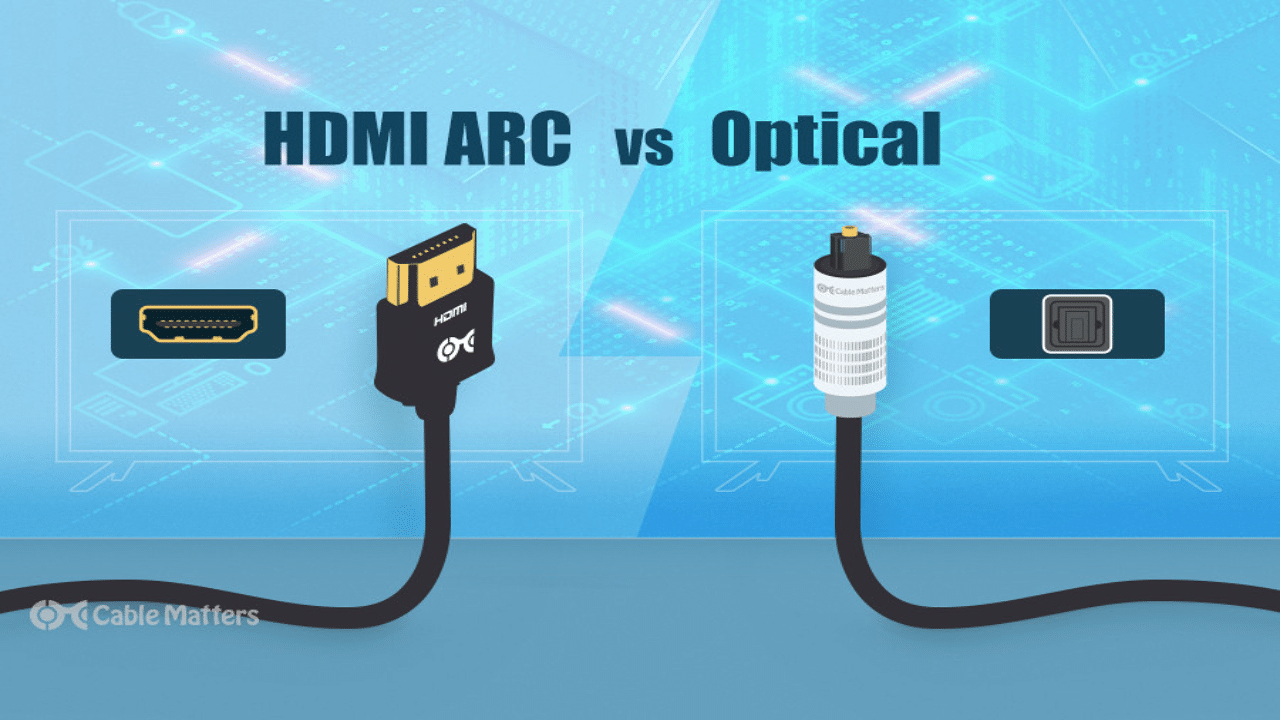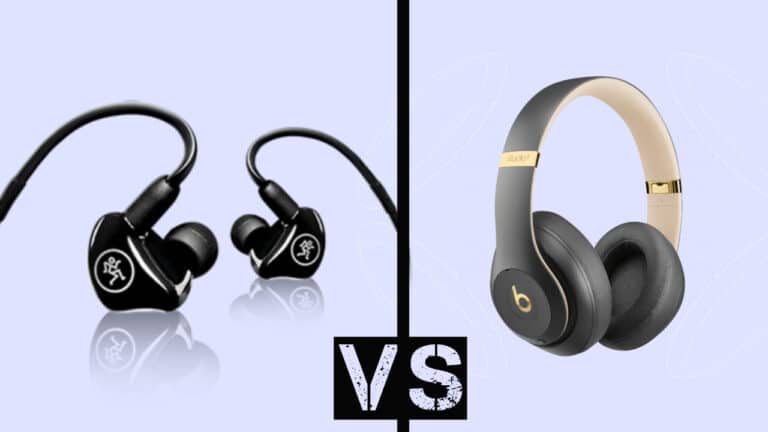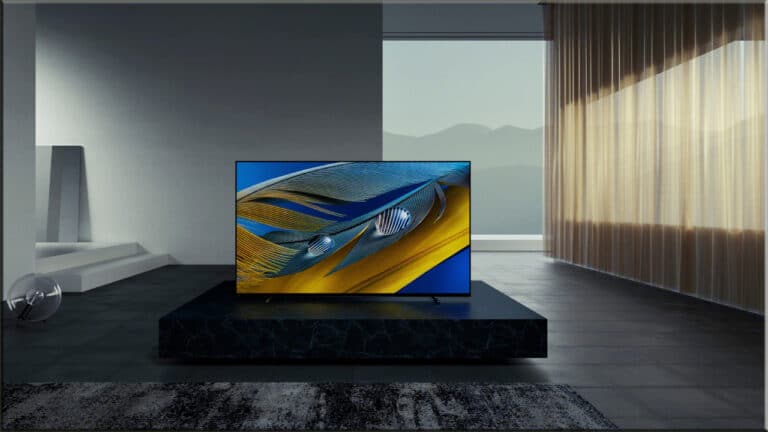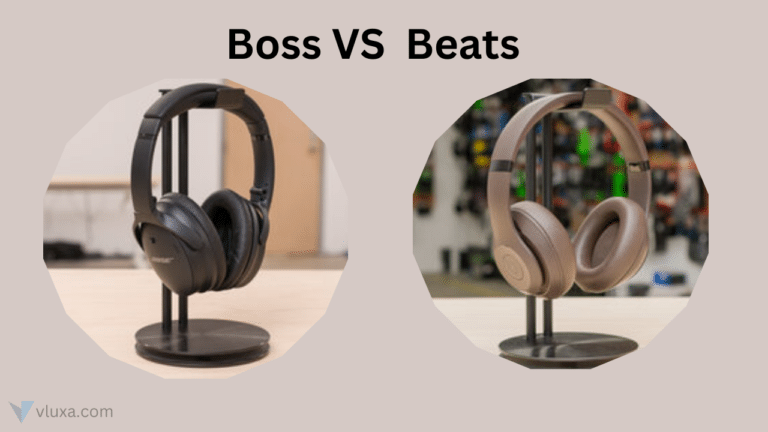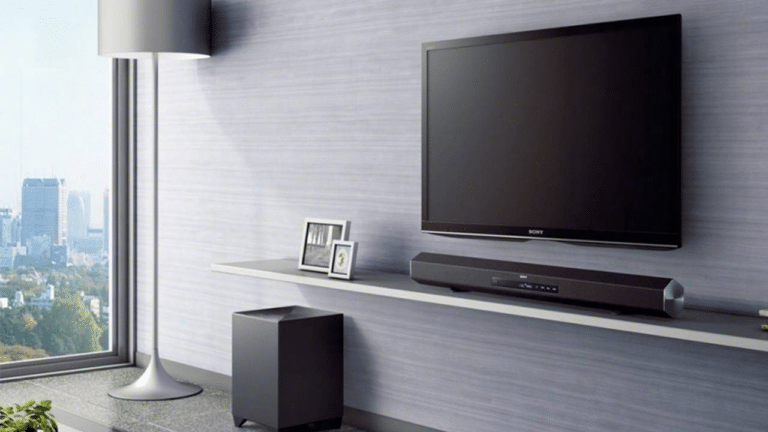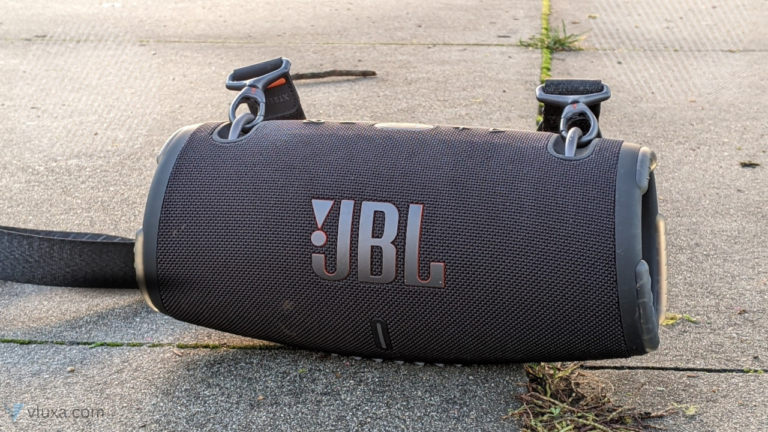When it comes to connecting your soundbar to your TV or audio system, you have two primary connectivity options to consider: wired and wireless.
Within the wired category, the two most common choices are HDMI and optical cables. Each of these options has its advantages and considerations, so let’s delve into the details and explore which option might be best for your needs.
Wired Connectivity:
Wired connectivity involves physically connecting your soundbar to your TV or audio source using cables. It offers a reliable and stable connection, ensuring high-quality audio transmission without interference.
There are three common types of cables used for wired soundbar connections: HDMI and optical, Analog Audio Cable
HDMI vs. Optical: Which Digital Audio Connection to Use?
When it comes to connecting audio devices to your home theater system or entertainment setup, two common options are HDMI (High-Definition Multimedia Interface) and optical connections.
Both options transmit digital audio signals, but they have distinct characteristics that make them suitable for different situations.
1. Overview of HDMI:
HDMI is a widely used audio and video interface that allows for the transmission of high-quality digital signals.
It supports both audio and video data, making it versatile for connecting various devices such as TVs, game consoles, Blu-ray players, and soundbars.
HDMI cables can transmit uncompressed audio signals, including popular formats like Dolby TrueHD and DTS-HD Master Audio, which are commonly found in high-definition Blu-ray movies.
Advantages of HDMI:
-
Simultaneous Audio and Video:
HDMI carries both audio and video signals in a single cable, reducing cable clutter and simplifying connections between devices.
-
High-Quality Audio:
HDMI supports high-resolution audio formats, providing superior sound quality for immersive home theater experiences.
-
Audio Return Channel (ARC):
Many HDMI ports, particularly in modern TVs, feature ARC functionality, allowing audio to be sent from the TV back to the audio system without requiring a separate audio cable.
Limitations of HDMI:
-
Length Limitations:
HDMI cables have length limitations, typically around 50 feet (15 meters), beyond which signal degradation may occur. Signal boosters or repeaters may be necessary for longer cable runs.
-
Compatibility:
HDMI versions and features can vary across devices, potentially leading to compatibility issues, especially when connecting older devices to newer ones. It’s essential to ensure that the HDMI versions of your devices match or are compatible.
-
Cost:
HDMI cables, particularly those supporting the latest specifications like HDMI 2.1, can be more expensive compared to optical cables.
2. Overview of Optical:
Optical, also known as Toslink or S/PDIF (Sony/Philips Digital Interface), is an audio-only connection that uses fiber optic cables to transmit digital audio signals. It has been a popular choice for connecting audio devices such as soundbars, AV receivers, and game consoles.
Advantages of Optical:
-
Immune to Electromagnetic Interference:
Optical cables use light signals to transmit audio, making them immune to electromagnetic interference from other nearby electronic devices.
-
Longer Cable Runs:
Unlike HDMI, optical cables can span longer distances without experiencing signal degradation, making them suitable for larger room setups.
-
Universal Compatibility:
Optical connections are widely supported across audio devices, ensuring compatibility between different brands and generations of equipment.
Limitations of Optical:
-
Limited Audio Format Support:
Optical connections typically support compressed audio formats, such as Dolby Digital and DTS, but may not transmit uncompressed or high-resolution audio formats found on Blu-ray discs.
-
No Video Transmission:
Optical cables transmit audio signals only and cannot carry video data. You will need a separate HDMI or other video connection for video transmission.
Which Connection to Use? Choosing between HDMI and optical connections depends on your specific requirements and setup.
Here are a few scenarios to consider:
-
- If you have a home theater system with a Blu-ray player and a compatible AV receiver, HDMI is the preferred choice as it can transmit high-quality, uncompressed audio formats like Dolby TrueHD and DTS-HD Master Audio.
- If you want to connect a soundbar or a TV with external speakers, both HDMI (if available) and optical connections can be viable options. HDMI may offer better audio quality and additional features like ARC, while optical is simpler and more universally compatible.
- If you have a long cable run between your audio source and receiver, optical is a suitable choice due to its ability to span longer distances without signal degradation.
3. Analog Audio Cable:
This option involves connecting the soundbar to the audio source using RCA cables, which transmit analog audio signals.
While analog connections can work well, they may not offer the same level of audio quality as digital connections.
However, it’s worth noting that specific technical specifications and compatibility can vary across devices, so it’s essential to consult the user manuals or manufacturer specifications for precise information on your particular equipment.
Wireless Connectivity:
Wireless connectivity eliminates the need for physical cables, offering greater flexibility in soundbar placement. There are several wireless options available, including Bluetooth and Wi-Fi.
Bluetooth:
Bluetooth is a wireless technology designed for short-range communication between devices. Many soundbars and TVs now support Bluetooth connectivity, allowing you to stream audio wirelessly.
Advantages of Bluetooth:
-
Easy setup:
Bluetooth pairing is simple and quick, requiring minimal technical know-how.
-
Portable device compatibility:
Bluetooth allows you to connect smartphones, tablets, and other portable devices to your soundbar wirelessly.
-
Flexibility in placement:
With Bluetooth, you can place your soundbar anywhere within the range of the Bluetooth signal, without the constraint of cables.
Wi-Fi:
Wi-Fi connectivity provides a more robust and versatile wireless option for soundbars. It enables higher-quality audio streaming and additional features such as multi-room audio and voice control.
Advantages of Wi-Fi:
-
Superior audio quality:
Wi-Fi offers higher bandwidth compared to Bluetooth, enabling high-resolution audio streaming and minimizing audio compression.
-
Multiroom audio:
Some soundbars with Wi-Fi support can be integrated into a multiroom audio system, allowing you to play synchronized audio in different rooms.
-
Voice control:
Wi-Fi-enabled soundbars often come with built-in voice assistants like Amazon Alexa or Google Assistant, providing hands-free control and smart home integration.
Conclusion
When choosing soundbar connectivity options, it depends on your needs. Wireless connections like Bluetooth or Wi-Fi offer convenience and flexibility, while wired connections like HDMI and optical provide reliability and better audio quality. HDMI is versatile for TV connections, while optical is a reliable alternative. Consider your devices and desired audio quality to make the best choice for your setup.
So, whether you opt for the reliability of a wired connection or the convenience of going wireless, you can enhance your audio experience with a soundbar that seamlessly integrates with your TV or audio system.
Remember, the ultimate goal is to enjoy immersive sound quality and elevate your entertainment experience to new heights.
